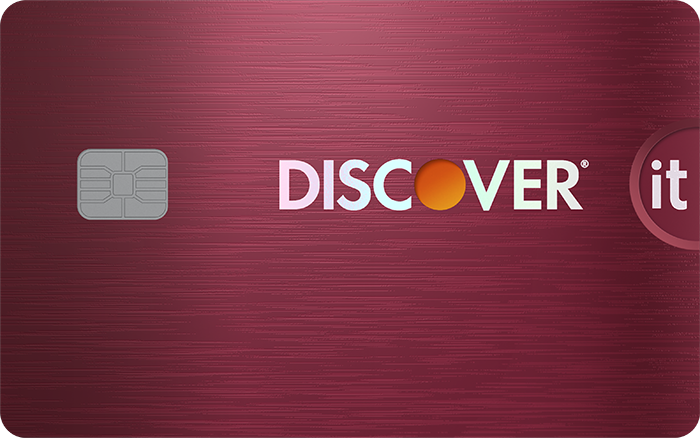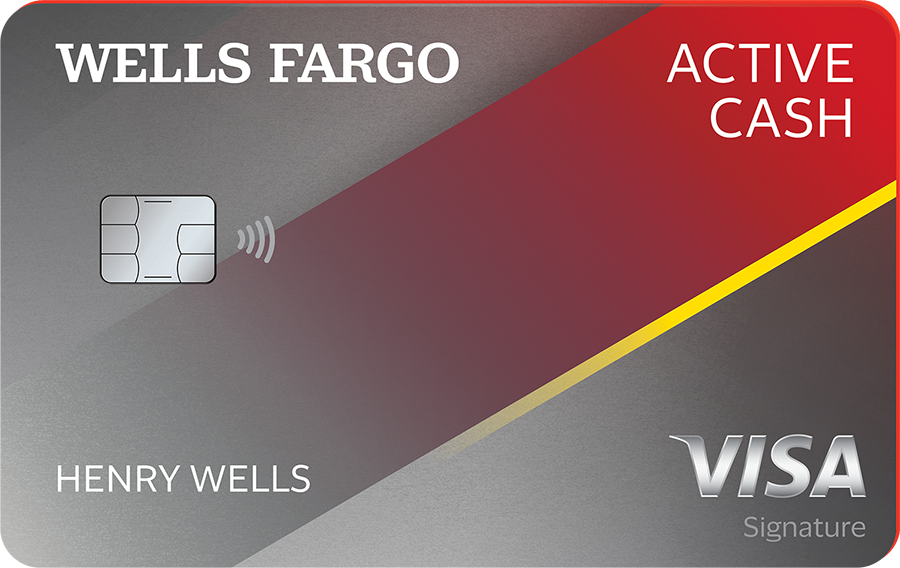Credit card APR is your card's finance charge expressed annually. This number is typically the biggest deciding factor in how much it will cost you to carry a balance on your credit card, making it important to know and understand.
It depends on several factors, including your credit score and the type of credit card. The average credit card interest rate -- usually expressed as the annual percentage rate or APR -- for cardholders carrying a balance is more than 24%, according to LendingTree.
But what is a good interest rate? Read on to find out what your credit card interest rates should look like and how to get them lower.
What is a good credit card APR?
Credit card APRs are usually variable, and are directly tied to the Federal Reserve's benchmark interest rates. So, a "good" APR depends on the overall financial conditions at any given time.
Having said that, as of mid 2023, you could consider a good APR for a credit card to be anything below the average of 24.24% -- if you have good credit.
If you have excellent credit, you could qualify for an even better rate, but according to the same LendingTree report, the lowest APRs on new credit card offers is 13.82%.
But that's on cards whose focus is low interest. The lowest APR on rewards cards as of July 2023 is about 20.6%, and the lowest on cards offering 0% intro APR balance transfers is about 18.5%, just for context.
If you have bad credit, the best credit card APR available to you could be well above 25%. Secured credit cards for building credit have a credit card APR of about 27% on average.
What type of cards have the highest APRs?
The highest credit card interest rates are usually found on:
Credit card comparison
We recommend comparing options to ensure the card you're selecting is the best fit for you. To make your search easier, here's a short list of standout credit cards.
| Offer | Our Rating | Welcome Offer | Rewards Program | APR | Learn More |
|---|---|---|---|---|---|
|
Rating image, 4.50 out of 5 stars.
4.50/5
Our ratings are based on a 5 star scale.
5 stars equals Best.
4 stars equals Excellent.
3 stars equals Good.
2 stars equals Fair.
1 star equals Poor.
We want your money to work harder for you. Which is why our ratings are biased toward offers that deliver versatility while cutting out-of-pocket costs.
|
Discover will match all the cash back you’ve earned at the end of your first year. | 1% - 5% Cashback Earn 5% cash back on everyday purchases at different places you shop each quarter like grocery stores, restaurants, gas stations, and more, up to the quarterly maximum when you activate. Plus, earn unlimited 1% cash back on all other purchases. |
Intro: Purchases: 0%, 15 months Balance Transfers: 0%, 15 months Regular: 18.24% - 27.24% Variable APR |
||
|
Rating image, 5.00 out of 5 stars.
5.00/5
Our ratings are based on a 5 star scale.
5 stars equals Best.
4 stars equals Excellent.
3 stars equals Good.
2 stars equals Fair.
1 star equals Poor.
We want your money to work harder for you. Which is why our ratings are biased toward offers that deliver versatility while cutting out-of-pocket costs.
|
$200 cash rewards Earn a $200 cash rewards bonus after spending $500 in purchases in the first 3 months. | 2% cash rewards Earn unlimited 2% cash rewards on purchases. |
Intro: 0% intro APR for 12 months from account opening on purchases and qualifying balance transfers Purchases: 0% intro APR, 12 months from account opening Balance Transfers: 0% intro APR, 12 months from account opening on qualifying balance transfers Regular: 19.24%, 24.24%, or 29.24% Variable APR |
||

Apply Now for Bank of America® Travel Rewards credit card
On Bank of America's Secure Website. |
Rating image, 4.00 out of 5 stars.
4.00/5
Our ratings are based on a 5 star scale.
5 stars equals Best.
4 stars equals Excellent.
3 stars equals Good.
2 stars equals Fair.
1 star equals Poor.
We want your money to work harder for you. Which is why our ratings are biased toward offers that deliver versatility while cutting out-of-pocket costs.
|
25,000 points 25,000 online bonus points after you make at least $1,000 in purchases in the first 90 days of account opening - that can be a $250 statement credit toward travel purchases | 1.5-3 points per dollar Earn unlimited 1.5 points per $1 spent on all purchases, with no annual fee and no foreign transaction fees, and your points don't expire as long as your account remains open. Earn 3 points per $1 spent on travel purchases booked through the Bank of America Travel Center. |
Intro: 0% Intro APR for 15 billing cycles for purchases. 0% Intro APR for 15 billing cycles for any balance transfers made in the first 60 days. After the intro APR offer ends, 18.24% - 28.24% Variable APR on purchases and balance transfers will apply. A 3% fee for 60 days from account opening, then 4% fee applies to all balance transfers. Balance transfers may not be used to pay any account provided by Bank of America. Purchases: 0% Intro APR for 15 billing cycles for purchases Balance Transfers: 0% Intro APR for 15 billing cycles for any balance transfers made in the first 60 days Regular: 18.24% - 28.24% (Variable) |
Apply Now for Bank of America® Travel Rewards credit card
On Bank of America's Secure Website. |
What type of cards have the lowest APRs?
Those with the lowest APRs tend to be low-interest credit cards and credit cards from credit unions. Some of the best low interest credit cards have a credit card APR range starting at about 14%. Many popular credit unions offer credit cards with interest rates that start significantly lower for their most creditworthy members.
For context, the average credit card APR across all credit card types ranges from 18.11% to 25.34% as of July 2023. Credit cards usually offer an APR range, rather than a single across-the-board rate for all transaction types.
A good way to improve your chances of getting approved for a low-interest credit card is to improve your credit score. Only consumers with an excellent credit score qualify for credit cards with the lowest credit card APR.
How much does APR affect my payments?
To give you a sense of just how much difference a few percentage points can make when it comes to paying off credit card debt, the table below shows you what it looks like to pay off $10,000 of credit card debt in $350 monthly installments with three different interest rates.
| Metric | 27% APR | 24% APR | 20% APR |
|---|---|---|---|
| Time to pay off debt | 3 years, 11 months | 3 years, 9 months | 3 years, 2 months |
| Total interest paid | $6,197 | $4,976 | $3,156 |
| Total amount paid | $16,197 | $14,976 | $13,156 |
As you can see, having a 27% APR instead of an 20% APR tacks on nine extra months to your monthly payments and costs you more than $3,000 in additional interest.
There is no one answer to what a good interest rate for a credit card is -- it depends largely on your credit score and how you want to use the credit card. However, the national average for a low-interest credit card is sitting at 13.82% at the time of this writing.
How to get a credit card with a low interest rate
There are many ways to get a card with a low interest rate. If you're currently paying off debt or plan to carry a balance, lowering your interest rate is one of the most effective ways to save money. Whether it's working with your current issuer or opening a new credit card, you have a number of options.
Here are some steps you can take to get approved for a low-interest credit card:
Negotiate with your bank
Almost everything is negotiable, including your credit card APR. If you've demonstrated that you can pay your bills on time, call your bank and ask if you qualify for a lower interest rate. This is especially effective if your credit score has gone up since you originally got the card. Be sure to mention your good credit score and history of on-time payments.
Apply for a low-interest credit card
If calling your bank doesn't work, shop around for a different credit card. There are plenty of great low-interest credit cards out there. These are good to have on hand if you ever have to carry a balance.
Just make sure you qualify before you apply. And be aware that credit cards that focus on low interest rates tend to not be the best cash back or rewards cards.
Get a 0% intro APR credit card
If you already have credit card debt and are paying a high interest rate on it (think 20% or more), consider a balance transfer credit card. These credit cards offer a 0% intro APR on balance transfers for a limited period of time, allowing you to pay off your debt interest free.
Keep in mind that most of these cards do charge a balance transfer fee. Also, if you don't pay off your balance before the intro period ends, you might end up with a higher credit card APR than you had before.
Join a credit union
Sometimes credit unions offer interest rates even lower than those that come with low-interest credit cards from major banks. That's because credit unions are not-for-profit organizations that pass off their profits to members in the form of low fees and better interest rates on savings accounts and credit cards. You do have to qualify to be a member, but often, joining a credit union is as simple as paying a small annual fee or living in a certain area.
Don't carry a balance
The best solution to avoid paying high interest fees is to avoid carrying a balance at all. Paying off your credit card bill in full every month will ensure that you don't waste a cent on interest fees.
Still have questions?
Here are some other questions we've answered:
FAQs
-
There's no set definition of what a good credit card APR is. It depends on factors such as your credit history, income, and the specific card product. As of August 2023, the average credit card interest rate is around 24% in the United States, and an APR of 20% would be on the lower end.
-
Credit card APRs are variable and are directly linked to the Federal Reserve's benchmark rates. So, when those rates are high, credit card APRs get higher, too. As of August 2023, a 24% APR would be very close to the average and wouldn't be considered high (for a credit card).
We're firm believers in the Golden Rule, which is why editorial opinions are ours alone and have not been previously reviewed, approved, or endorsed by included advertisers. Motley Fool Money does not cover all offers on the market. Motley Fool Money is 100% owned and operated by The Motley Fool. Our knowledgeable team of personal finance editors and analysts are employed by The Motley Fool and held to the same set of publishing standards and editorial integrity while maintaining professional separation from the analysts and editors on other Motley Fool brands. Terms may apply to offers listed on this page.
The Motley Fool owns shares of and recommends Visa.

